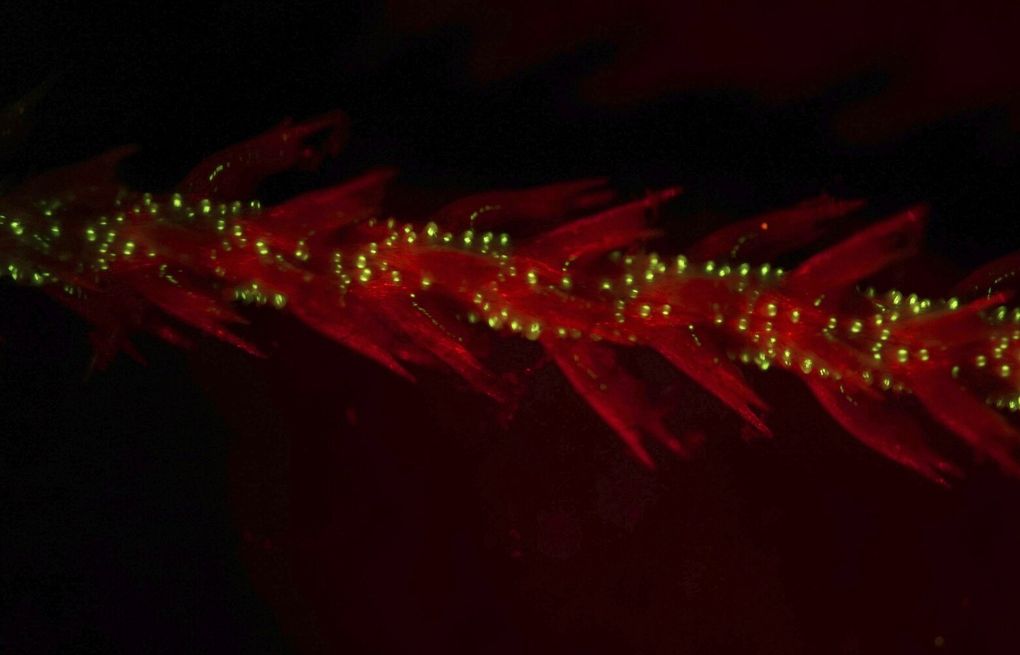
The allure of bioluminescence in the animal kingdom has long fascinated researchers, with its enchanting glow captivating both scientists and laypeople alike. While fireflies dancing in the summer air are a familiar sight, the depths of the ocean conceal a myriad of creatures that emit light, often for reasons that are as mysterious as they are mesmerizing.
In a groundbreaking study published in the journal Proceedings of the Royal Society B, scientists have uncovered evidence suggesting that the origins of bioluminescence may trace back much further than previously thought—to a time when ancient corals inhabited the ocean depths some 540 million years ago. This revelation challenges previous assumptions about the evolutionary timeline of light-producing organisms, shedding new light on the early emergence of this remarkable phenomenon.
Andrea Quattrini, a co-author of the study and curator of corals at the Smithsonian National Museum of Natural History, underscores the significance of light signaling as a form of communication in the deep waters. Indeed, bioluminescence serves a variety of purposes in marine organisms, from startling predators to luring prey and attracting mates. The deep-sea environment, shrouded in perpetual darkness, has fostered the evolution of diverse strategies for survival, with light playing a crucial role in the intricate web of interactions among species.
Using remote-controlled underwater rovers equipped with paintbrushes, scientists identified and studied luminous soft coral species, unveiling their captivating displays of pink, orange, white, blue, and purple hues. These corals, resembling waving reeds or delicate stalks, illuminate the abyssal depths with their radiant glow—a spectacle both beautiful and enigmatic.
Danielle DeLeo, another study co-author and evolutionary marine biologist at the Smithsonian, highlights the uncertain function of bioluminescence in corals. While some species may use light to attract or repel other organisms, the precise purpose of this luminous reaction remains a subject of ongoing investigation. Nevertheless, its widespread occurrence across various coral species underscores its evolutionary significance and adaptive value.
By analyzing genetic data from 185 species of luminous corals, researchers constructed a detailed evolutionary tree, revealing that the common ancestor of all soft corals lived during the Cambrian explosion, approximately 540 million years ago. This finding suggests that bioluminescence may have originated much earlier in evolutionary history than previously recognized, coinciding with a period of rapid diversification and emergence of novel traits among marine organisms.
Stuart Sandin, a marine biologist at the Scripps Institution of Oceanography, emphasizes the importance of evolutionary innovations that confer a survival advantage to organisms and their descendants. Indeed, the evolution of bioluminescence represents a remarkable adaptation to the challenges of life in the deep sea, illuminating the path of ancient corals as pioneers of light in the darkness of the ocean depths.





